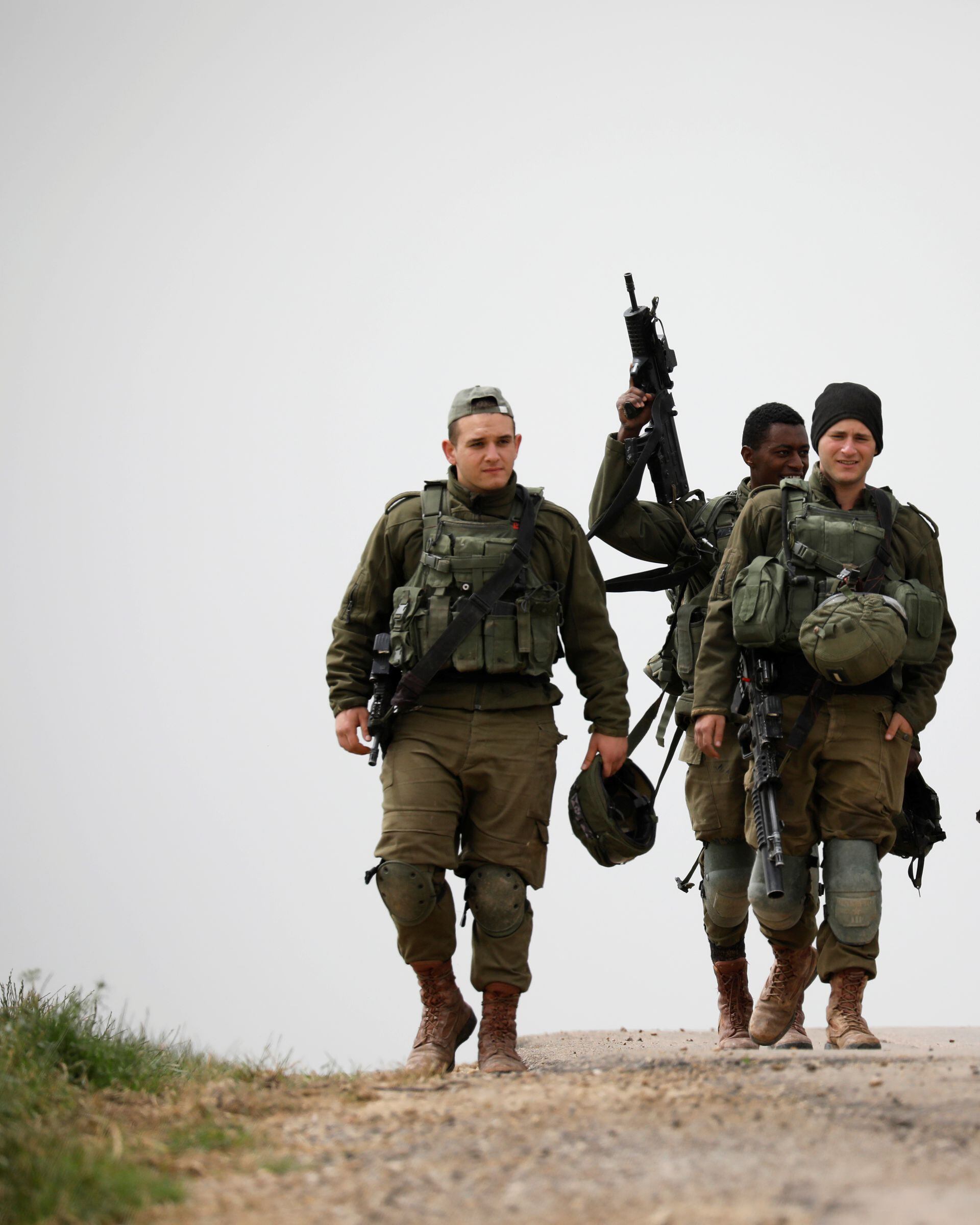
— Feature, Musings —02.12.2024 08:42 PM
My latest: why Israel will win the war
The late, great Sunday Times writer Marie Colvin said it best: war correspondents send back the first draft of history.
Colvin was assassinated by the Syrian regime in 2012. She, more than most, knew how difficult it is to ascertain the truth in the chaos and wreckage of wartime. The first casualty of war is indeed truth, as everyone knows.
During Israel’s overdue and righteous war against the murderous cult that is Hamas, many re-learned this lesson the hard way. Remember that hospital in Gaza, the one that Israel supposedly destroyed back in October, purportedly killing 500 innocent Palestinians in the process?
Well, they didn’t. Destroy the hospital or kill 500 people. The hospital is still standing, and 500 bodies have yet to be produced by the Hamas-controlled health authority. However, no less than The New York Times blamed Israel on its front page, under a screaming headline.
And they were wrong. As the Times was subsequently forced to admit: “[Our] coverage — and the prominence it received in a headline, news alert and social media channels — relied too heavily on claims by Hamas, and did not make clear that those claims could not immediately be verified. The report left readers with an incorrect impression about what was known and how credible the account was.”
“Incorrect” is a bit of an understatement. When you wrongly accuse a country of a massive war crime in your front page, you need to clearly and unambiguously apologize.
You also need to do something else: not ever take the word of Hamas. In particular, don’t take the word of Hamas, or its agencies, when assessing what is happening in the war in Gaza.
Edward N. Luttwak didn’t. Luttwak has been a war correspondent and soldier himself. In a piece published this week in Tablet magazine, Luttwak carefully analyzed Israel’s conduct of the war so far. His conclusion:
“Israel’s very innovative methods to surveil, penetrate, and destroy Hamas tunnels have been markedly and unexpectedly successful. But the constraints placed on Israel’s combat operations have been very severe, and a major impediment to its fight.”
Among those constraints, of course, is that Israel is always held to a different standard. The aforementioned Syrian regime can slaughter 110,000 Muslims in 2015, many of them children, and the keffiyah-clad Gen Z protestors in the West won’t chant a thing. About Israel, of course, they’ll scream bloody murder.
And that’s even when murder has not taken place. As Luttwak writes, “The Israeli army remains wedded to the British method of intensive and prolonged individual instruction for its soldiers before their in-unit training, so that nobody enters Gaza without at least a full year’s worth of combat instruction, much more than their American counterparts had in Vietnam.”
That has kept Israeli troop casualties to a shockingly small number: less than 300. Says Luttwak: “Not in the thousands suggested by the beribboned skeptics who were gleefully echoed by the malevolent, but under 300 as of this writing. In other words, only a very, very small number, given the magnitude of the forces involved on both sides, and the exceptional complexity of the battlefield.”
Nor does Luttwak accept the wild numbers coming out of Hamas when calculating civilian deaths: “Contrary to accusations that only expensively educated U.S. college students could possibly believe, Israeli soldiers do not deliberately kill innocent civilians going about their business.”
Meanwhile, he says, thousands of trained Hamas fighters have been slain. The Israeli battlefield victories have been “exceptional,” he says.
How has Israel accomplished all of this? Three ways, he says.
One, Israeli troops did not simply charge into the maze of Hamas tunnels, which are reportedly longer than the London tube system. Before these Israelis enter the tunnels, they are under orders to await the go-ahead of the Yahalom combat engineer unit, who are experts in tunnel warfare.
Two, the Israelis have been making use of technology that has protected them and civilians in a crowded urban environment. Their combat vehicles, for example, are nimble and more protective than any in history. Meanwhile, their drones – “remotely piloted vehicles, “as the Israelis first called them, and which the Israelis essentially invented 60 years ago – ensure that they target only Hamas, and not civilians.
Three, there is the culture and mindset of the troops themselves. To a one, Luttwak says, they have been trained to keep “fighting as hard and as long as necessary to grind down Hamas until nothing is left of its fighting strength.”
So, is victory at hand? Is the the war, which has cost the lives of many on both sides, almost over?
For the answer to that, my colleague Brian Lilley interviewed Eylon Levy, an official spokesman for the Israeli government. (Their encounter will be on this week’s Postmedia podcast.)
Asked how the war is going, Levy was succinct:
“For us, from day one, it has been very clear why we are fighting. We are fighting to bring the Hamas terror regime to justice, so that it can never again perpetrate again an atrocity like October 7, and to bring back the hostages” he says.
“We are fighting for humanity. And anything less than a total victory will be a terrible danger to the whole free world.”
And that is the truth.


Mr Kinsella
Good article. Thank you for publishing it.
WGAF,
The Israel vs Hamas conflict is Animal Farm revisited!!
TB